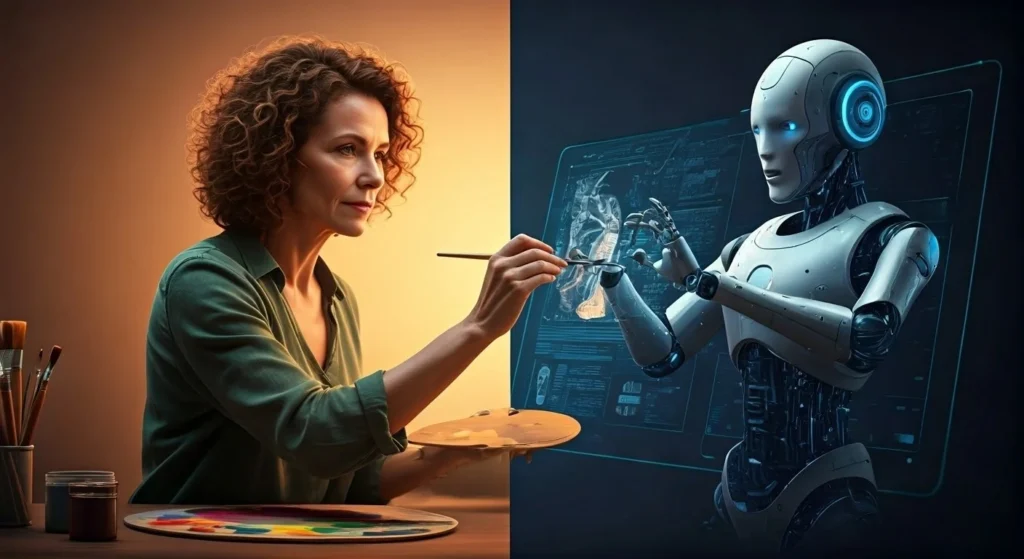Artificial intelligence (AI) has reached a level of sophistication where it has the capability to take over numerous jobs. The reluctance to initiate widespread job cuts is not due to technological limitations but stems from CEOs’ hesitance to be the first to face the backlash. This situation presents a looming challenge in the global economy, recognized by every CEO who understands that AI’s potential to replace millions of jobs is already a reality.
Discussions on Generative AI highlight a notable contrast between age groups. Those under 35 firmly acknowledge AI as a genuine concern leading to workforce displacement, while individuals over 35 approach the issue with more caution, foreseeing such changes occurring in the distant future, perhaps five or ten years down the line.
The delay in implementing AI-driven transformations is not due to technological readiness but rather political apprehensions. CEOs are in a state of anticipation, observing each other closely, waiting for someone else to take the lead and announce significant job cuts attributed to AI’s superior efficiency and cost-effectiveness.
Actions taken by companies like Palantir and Amazon underline this shift towards automation. These companies are already embracing AI technologies to enhance operational efficiencies, resulting in reduced human workforce requirements. For instance, Palantir’s CEO Alex Karp openly discussed plans to increase revenue while reducing headcount, signaling that a portion of their workforce could soon be replaced by AI.
Amazon’s integration of over one million robots into its operations signals a move towards increased automation and reduced reliance on human labor. CEO Andy Jassy has forewarned employees about upcoming changes in job roles within the company due to AI implementation.
CEOs seek reassurance from political leaders regarding the societal impact of these changes but find themselves unsupported. Politicians seem unprepared for the immediacy of this issue, viewing it as a problem for future administrations rather than acknowledging its current relevance.
The pressing concerns revolve around solutions for displaced workers, establishing safety nets, and ensuring healthcare provisions for those affected by these workforce shifts. However, politicians have yet to address these critical questions comprehensively.
Rather than resorting to mass layoffs, companies are opting for hiring freezes and scrutinizing roles that could be automated with AI technology. This trend is adversely affecting young job seekers as entry-level corporate job opportunities continue to decline.
Reports from outplacement firms underline the impact of AI on job losses, with over 806,000 private-sector job cuts announced this year alone. The tech industry stands out as a major contributor to this trend.
The inevitability of AI replacing human labor is acknowledged; however, organizational leaders struggle with communicating such changes due to fear of public backlash. They await a precedent where another CEO takes the lead before making similar decisions themselves.
This scenario raises questions about how long this cautious approach can be sustained before widespread transformations become unavoidable.
